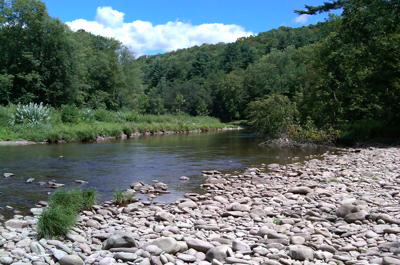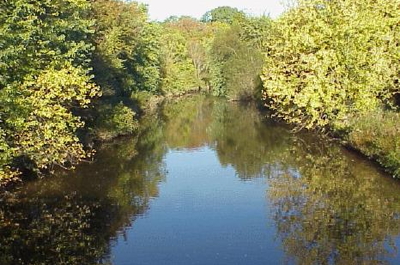Delaware River Basin Focus Area Study

The Water Availability Tool for Environmental Resources provides a decision support system to examine different land-cover forecasts and climate projections using physical aspects of the basin that will remain unchanged, like topography and soil properties, to estimate streamflow for ungaged streams.

The Delaware River Basin Streamflow Estimator Tool (DRB-SET) uses historical records of streamflow to estimate daily mean streamflow at any stream location within the Delaware River Basin for the period 1960-2010, incorporating basin characteristics such as drainage size, soil, geology, and seasonal precipitation.